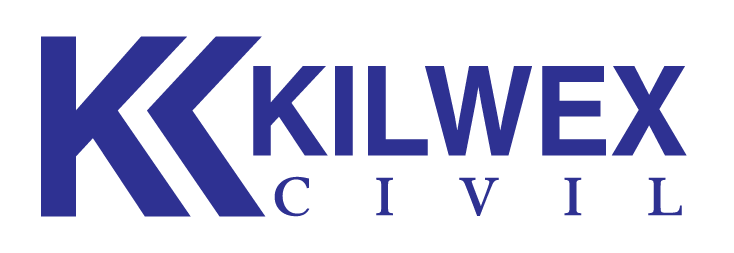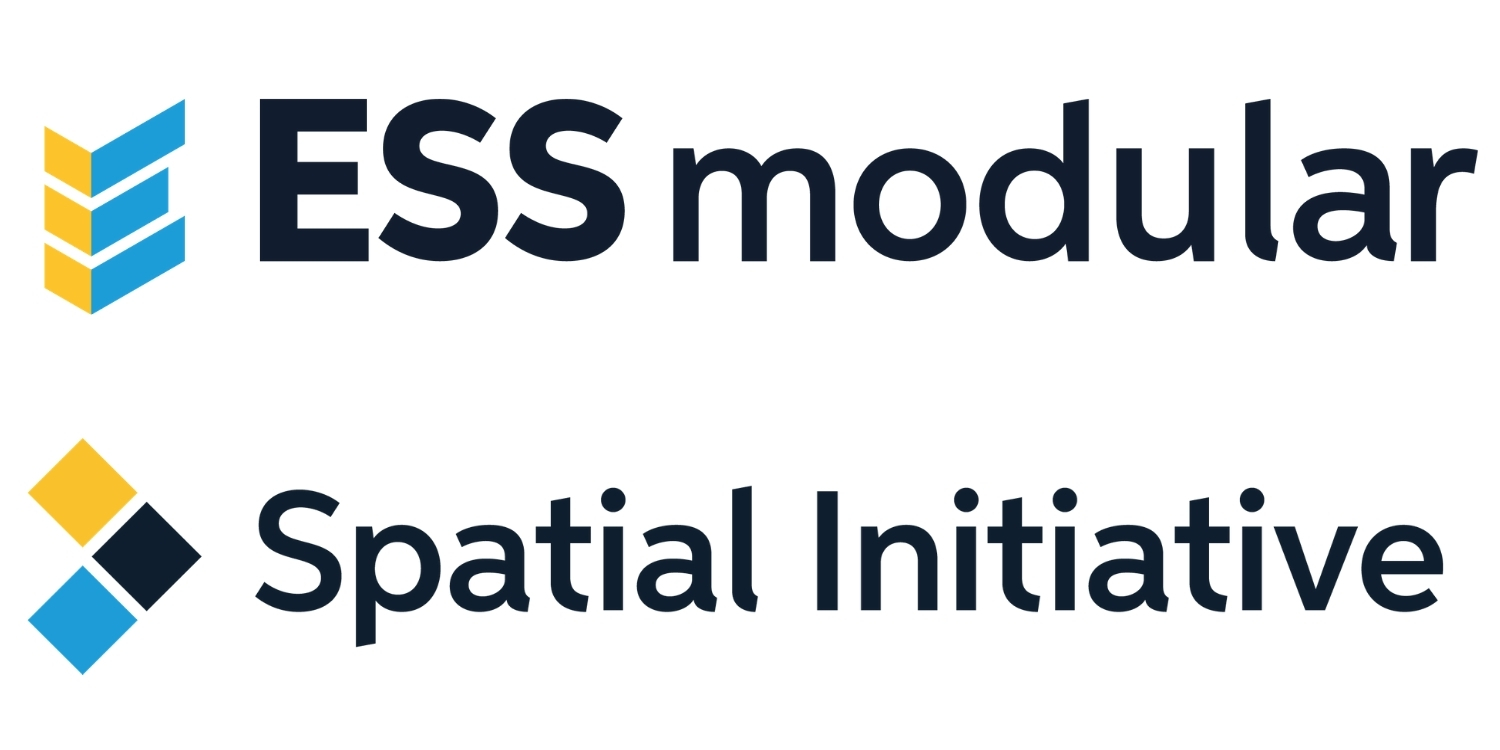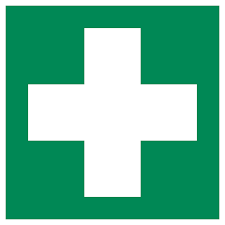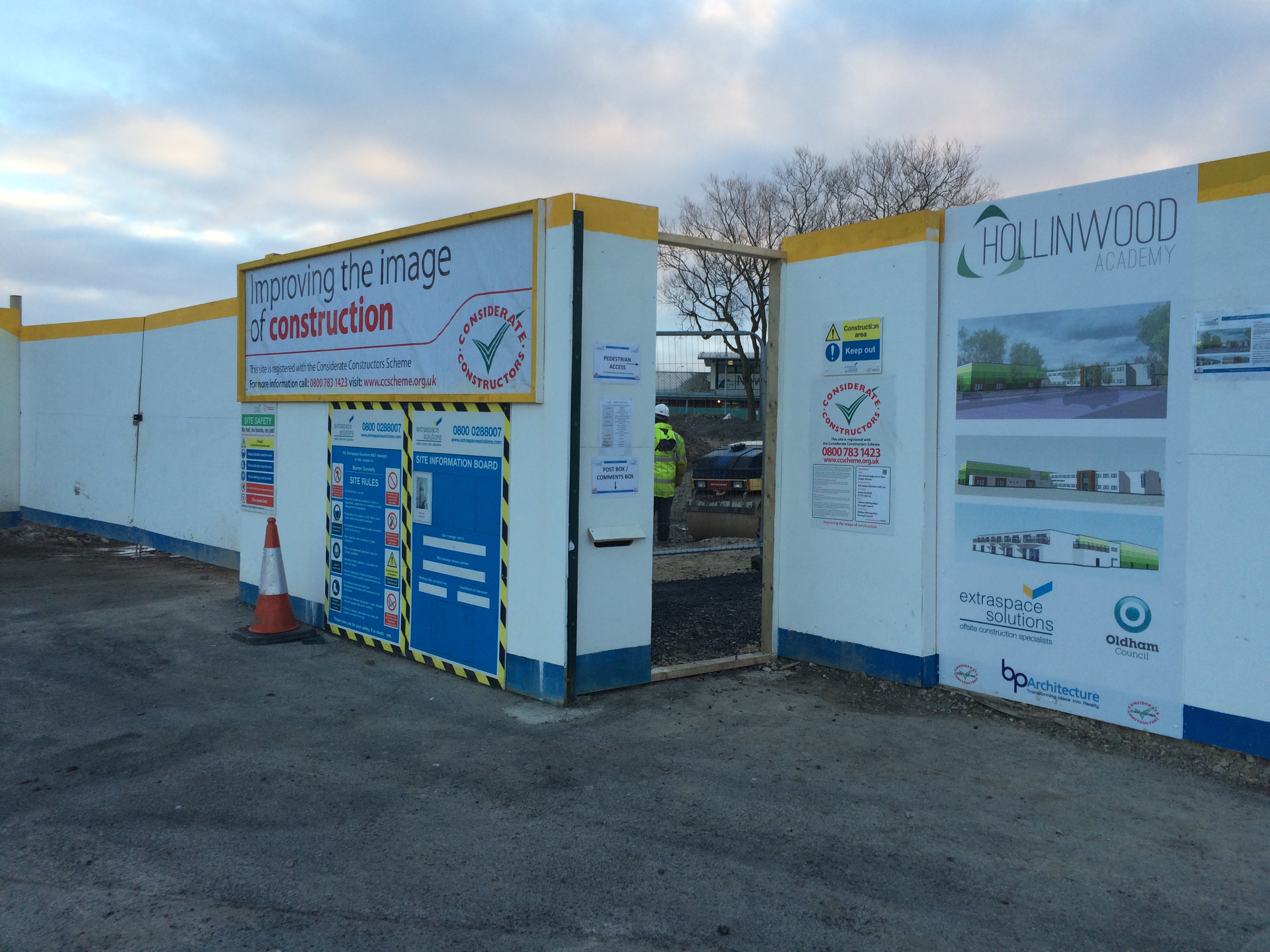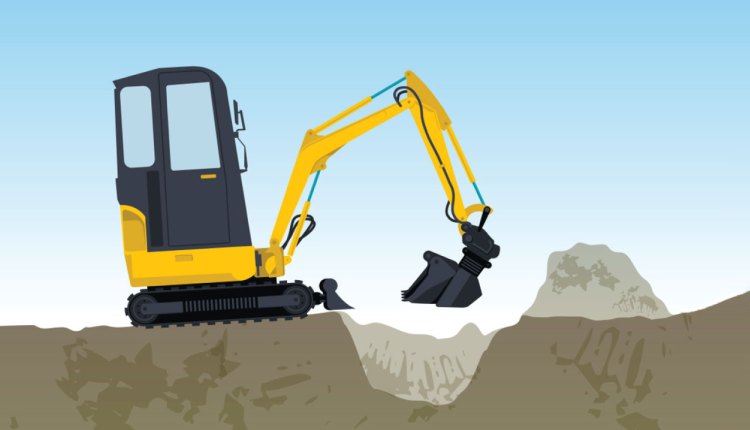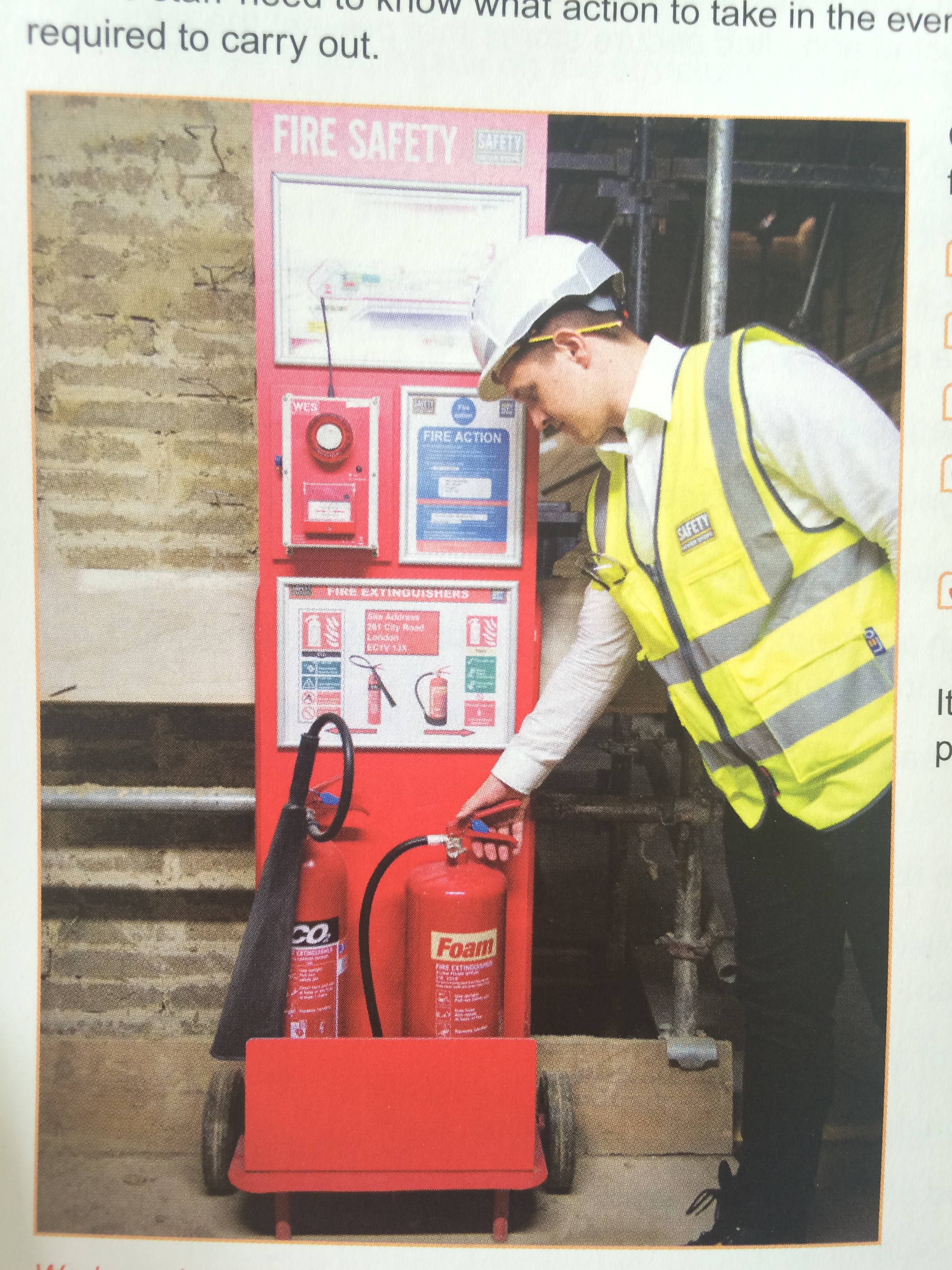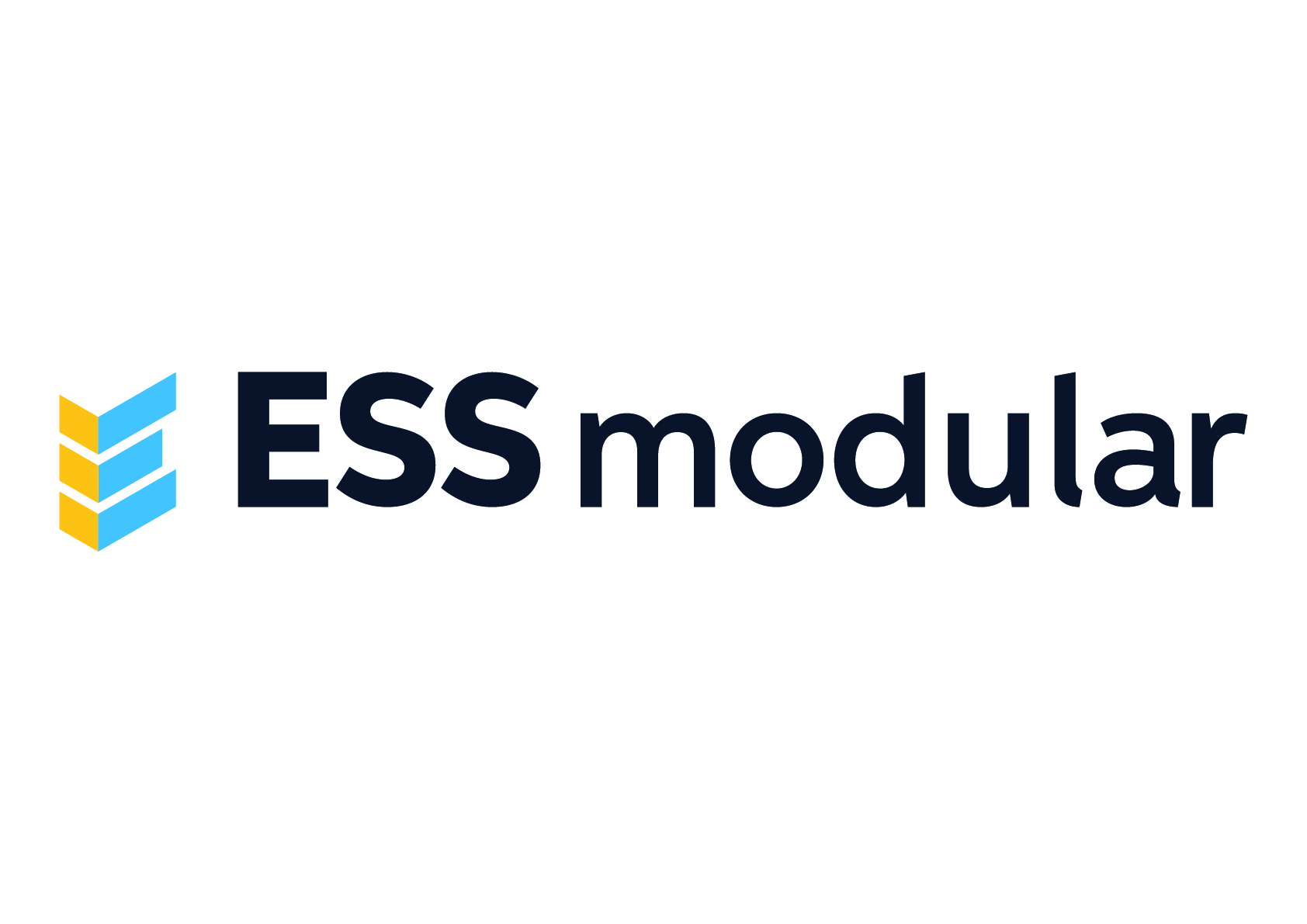Title Page
-
Conducted on
-
Prepared by
-
Location
Site SHEQ Checklist
-
Project Name:
-
Location:
Protecting the Public
-
Is the site fenced off securely from the public at all times?
-
Are the public protected from falling material?
-
Public footpaths and roads clean and free from obstruction?
-
Out of hours contact details on display?
When work has stopped for the day:
-
Is the boundary secure and undamaged?
-
Is access to scaffolds denied?
-
Are excavations and openings securely covered or fenced off?
-
Is all plant immobilised to prevent unauthorised use?
-
Are materials safely stacked?
-
Are flammable or dangerous substances locked away securely?
-
Risk Assessments & Method Statements (RA/MS)
-
Are all contractors RA/MS approved and accurately describe works taking place?
-
Evidence of communication – have operatives signed onto document?
Work at Height
-
Is the safest access equipment in use? Ladders only used in restricted areas where safer alternatives cannot be used?
-
Are all leading edges protection with suitable double guardrails to prevent falls?
-
Roofworks – suitable access in place, edge protection in place, fragile surfaces protected, weather conditions suitable, people kept away from the area below the roof?
Powered Access Equipment
-
Are the operators trained and competent, having also inspected the equipment?
-
Exclusion zone in place and ground conditions suitable?
-
Is the working platform adequate, clean, with secure guardrails and toeboards to prevent people and materials falling off?
Traffic Management
-
Are vehicles and pedestrians kept apart (physical barriers and signage)?
-
Can reversing be avoided, e.g. by using a one-way system, or are properly trained signallers used?
-
Are you made sure that plant and vehicles are not used on dangerous slopes?
-
Is there adequate clearance around slewing vehicles?
Excavations
-
Are there barriers to stop people and vehicles falling in?
-
Is there adequate support for the excavation, or has it been sloped or battered back to a safe angle?
-
Is there safe access into the excavation, e.g. a sufficiently long, secured ladder?
-
Is the excavation regularly inspected by a competent person?
-
Are materials, spoil and plant stored away from the edge of the excavation to reduce the chance of a collapse?
Lifting Operations
-
Lift plan in place, communicated and signed by all lift team?
-
Are the operatives competent, e.g. operator, slinger/signaller
-
Is the crane on a firm, level base? Are the riggers properly set?
-
Are people stopped from walking or working beneath a raised load?
Scaffolds
-
Has Scafftags been updated and written inspection report on file within past 7 days?
-
Are there double guardrails and toe boards at every edge to prevent falling?
-
Is the scaffold tied in to prevent collapse?
-
Are all uprights provided with base plates (and where necessary, timber sole plates)?
-
Are brick guards provided to prevent materials falling from scaffolds?
-
Tower scaffolds – erected by trained operative, wheels locked and are the platforms empty when they are moved?
Manual Handling
-
If operatives are lifting heavy items is a manual handling assessment in place- part of an activity risk assessment?
Permit Systems
-
Are high-risk tasks being controlled by site management? e.g. Hot works, confined space, permit to dig, temporary works permit, etc
Environmental
-
Are waste transfer notes in place?
-
Register carrier’s licence available?
-
Copy of tip/transfer station licence available?
-
Right waste being put in right skip and labelled skips?
-
Oil/diesel storage are in bunds and no evidence of significant spillages, spill kits, emergency response
-
Exemption for recycled materials from the EA (e.g. 19A, WRAP)
-
Wildlife (tree or ground nesting birds, bats, badger licences etc.)
-
Public/Private nuisance (dust, noise, lighting etc.)
Workplace
-
Access - Can everyone get to their place of work safely? Access routes free from obstruction and clearly signposted?
-
Signage and posters sufficient (F10, insurances, etc)
-
Are holes protected with clearly marked and fixed covers to prevent falls?
-
Is lighting adequate, especially when work is being carried on after dark outside or inside buildings?
-
Is the site tidy, and are materials stored safely?
-
Dust/Mud suppression (is dust or mud a problem and is it being adequately controlled, cutting works using dust suppression)?
-
Temporary works (inspected, designed, temporary work co-ordinator, roof protection, falsework, formwork)?
People - Workforce
-
PPE Correct - mandatory and those identified by risk assessment?
-
Evidence of induction - check register at office?
-
Evidence of training, e.g. CPCS, PASMA, IPAF, etc?
-
Evidence of last toolbox talk?
-
Behavioural (attitude, knowledge of tasks, tidiness, equipment, dress etc.)
Plant and Equipment
-
Are all operators trained and competent?
-
Are tools and machinery maintained in good repair and are all safety devices operating correctly?
-
Are thorough examination certificates on file and in date?
-
Are weekly inspections being carried out on all plant and equipment?
-
Are refuelling operations controlled? Are drip trays in place?
Hazardous Substances
-
CoSHH – If hazardous, is COSHH assessment available, briefed to workforce?
-
CoSHH – Are controls detailed in assessment being compiled with?
-
Have you checked whether a licensed contractor is needed to deal with asbestos on site?
Welfare
-
Are toilets readily available and are they kept clean and properly lit?
-
Are there washbasins, hot and cold (or warm) running water, soap and towels?
-
Is there somewhere to change, dry and store clothing?
-
Is there a place where workers can sit, make hot drinks and prepare food? Drinking cups provided?
Fire & Emergency
-
Are people on site aware of the emergency procedures?
-
Is the fire-fighting equipment being inspected weekly?
-
Are there adequate escape routes and are these kept clear?
-
First aid kits and spill kits easily accessible to all?
-
Has appropriate information been posted (e.g. first aiders, route to hospital, emergency contact details, site rules, posters, policies etc.)?
-
Are fire prevention arrangements effective suitable, e.g. hot works, debris removal, smoking controlled, gas cylinders storage and use
-
Flammable materials kept to a minimum and properly stored?
Noise
-
Can the noise be reduced by using different working methods or selecting quieter plant, e.g. by fitting breakers and other plant or machinery with silencers?
-
Are people not involved in the work kept away from the source of the noise?
-
Have hearing protection zones been marked?
-
Is suitable hearing protection provided and worn in noisy areas?
Electricity & Other Services
-
Have you identified existing services present on site (e.g. electric cables or gas mains) and taken effective steps (if necessary) to prevent danger from them?
-
Are you using low voltage for tools and equipment, e.g. battery-operated tools or 110v tools? PAT testing in place for equipment?
-
Are cables and leads protected from damage?
-
Where there are overhead lines, has the electricity supply been turned off, or have are ‘goal posts’ in place?
Quality
-
Are quality checklists being completed for contractor’s work?
-
Are non-conformances being recorded and reported to Head Office?
-
Any issues with workmanship on site?
-
Action Items picked up during inspections above:
Vibration
-
Has exposure to HAV been reduced as much as possible by selecting suitable work methods and plant?
-
Have you identified and assessed risks to workers from prolonged use of vibrating tools such as concrete breakers, angle grinders or hammer drills?
-
If using equipment that is causing hand-arm vibration are staff aware of and complying with trigger times?
Checklist Sign-Off
-
Completed by:
-
Date:
-
Signed:






